Technician 5th Grade Robert Miller, U.S. Army – Taking the GI Bill to Korea and Beyond
One of the most common reasons young men and women join the military is to get an education. In fact, the post-World War II GI Bill changed America, making a college education available to millions of veterans who otherwise could not have afforded it. This new cadre of college graduates helped drive the U.S. economy, grow the middle class, and spur innovation and prosperity for years to come. At just eighteen, Robert Miller recognized the life-changing potential of the GI Bill and enlisted in the Army in September of 1946. This bold step later empowered him to contribute to the U.S. space program at the National Aeronautics and Space Administration, better known as NASA, and to lead a successful engineering career. This is his story.
Bob was born in July 1928 and raised in the Kamm’s Corners neighborhood of Cleveland, Ohio, about eleven miles west of downtown. His dad and mom moved there with Bob and his older sister and brother in the early 1930s, just as the Great Depression was beginning. Bob attended John Marshall High School, a public school located not too far from his home. He was scheduled to graduate in January 1947, but in 1946 his older brother and his brother-in-law, both veterans, urged him to enlist in the military to take advantage of the new GI Bill, which would pay most of the costs of a college education, as well as a monthly living allowance. The only problem was he had to begin serving on active duty before December 31st to take advantage of the program, and he would not be out of high school by that date.
To resolve the problem, Bob took two summer school courses at Cleveland’s West Tech High School. Because he’d already taken extra courses at John Marshall, the two summer school courses at West Tech gave him the credits he needed to graduate. He received his diploma from John Marshall in the fall.
With the GI Bill eligibility window closing, Bob went to a recruiter to sign up. As he had obtained his student pilot’s license at age 16, the Army Air Corps was an attractive option. However, at the time the Army Air Corps was drawing down rapidly and did not need to recruit new pilots. In contrast, the Army was still looking for new soldiers and the commitment was only eighteen months. Bob thought eighteen months in the Army was a very good investment in return for the GI Bill.
In October 1946, Bob reported to the Army induction station in Cleveland. He was then sent to Camp Atterbury in south-central Indiana. There he was issued uniforms, sworn in, and put on a train to El Paso, Texas, and Basic Training at Fort Bliss. He spent three months at Fort Bliss and had a standard Basic Training experience, although several seemingly ordinary events turned out to have a big impact on his future in the Army.
One morning, the drill sergeant called the recruits into formation and asked for volunteers for fire control school without explaining what fire control school was. Bob did not want to be a fireman, so he did not volunteer. He had enjoyed working with radios and electronics in high school and wanted to do something along those lines. Later, Bob learned fire control school did not involve fighting fires, but instead involved working with radars that controlled weapons systems to help them lock onto and destroy their targets. After learning that, Bob wished he had volunteered for the opportunity.
On Thanksgiving Day in 1946, the recruits were again called into formation, this time in their winter gear. Although it was late November, it was still west Texas and Bob remembers it being “hotter than hell”. After one recruit passed out, the drill sergeant dismissed the formation and the soldier was attended to. For the rest of Boot Camp, there were no more outdoor formations in winter uniforms.
Bob thought the “chow” at Boot Camp tasted pretty bad. Most of Bob’s fellow recruits would have agreed with him. During the course of a conversation with his father, he told his father what he thought about the food. Unbeknownst to him, his father called his Congressman and reported the food at Fort Bliss was lousy. The call resulted in a Congressional investigation, with an investigator coming to Fort Bliss to check out the food situation. Fortunately, Bob’s superiors apparently did not know who made the complaint, and neither did Bob. Only later did he learn about his father’s call. Despite the investigation, the food did not get better while Bob was there.
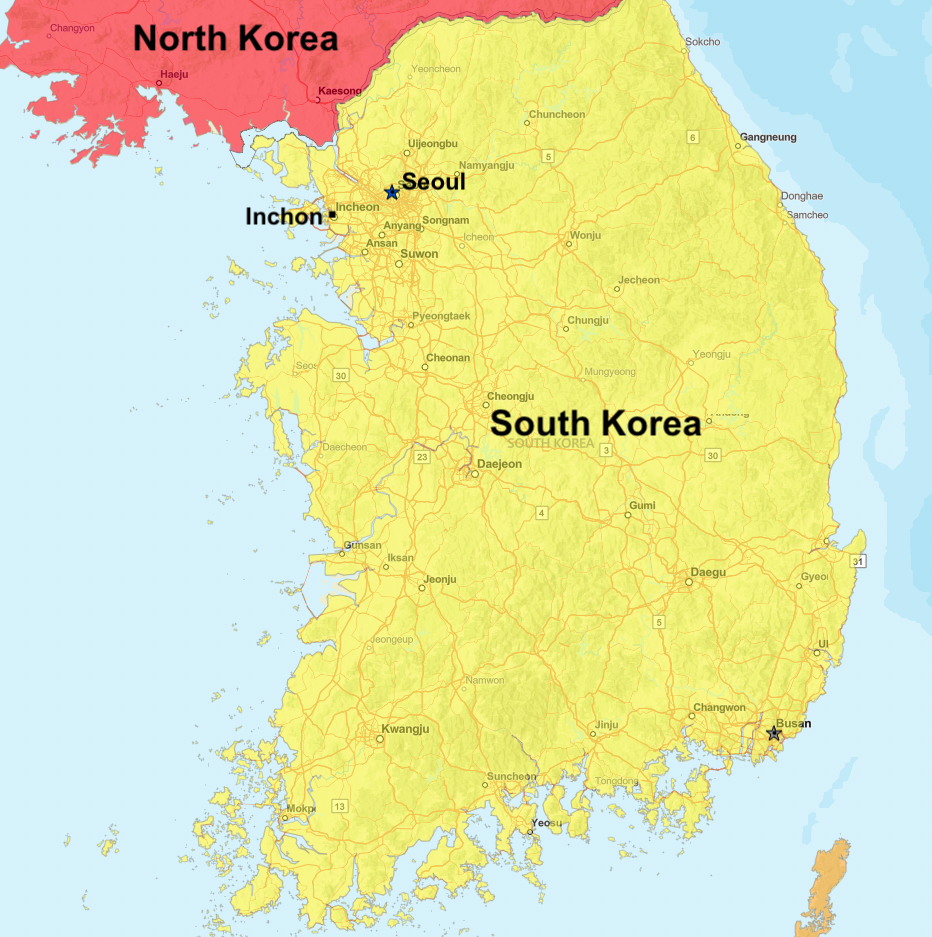
As the recruits prepared to graduate from Basic Training, they learned they were all going to be sent to Italy. At the time, Italy was regarded as one of the best assignments possible, so they were all very excited. As they prepared to go, Bob needed to have new glasses made, which delayed his departure, meaning he did not get to go to Italy with the rest of the graduating class. Instead, he received new orders to Korea, which was not considered to be nearly as favorable an assignment. At the time, the situation on the Korean peninsula was very tense, with the Soviet Union occupying North Korea down to the 38th parallel, just thirty miles north of Seoul. The fear was the Soviet Union might push south in an effort to control South Korea, too.
Bob graduated from Basic Training in December 1946, just before Christmas. He was given two-weeks leave to visit his family in Ohio. Afterwards, he flew to San Diego where he boarded the troop ship SS Marine Jumper for the long voyage across the Pacific Ocean to South Korea. The ship arrived in the port of Inchon on the west coast of South Korea – a port that later became famous as the site of a brilliant U.S. amphibious landing behind enemy lines during the Korean War. What struck Bob as the ship sailed into the port was the large number of islands the ship passed and the distinct smell of the mainland. South Korea in 1946 was very poor—not the economic powerhouse it is today—forcing farmers to fertilize their fields with human waste. As a result, the country, which was largely agricultural, had a pungent smell. The farming practice also resulted in many South Koreans suffering from intestinal parasites until the country’s rapid industrial modernization took hold in the 1960s, bringing with it access to commercial fertilizers.
Once off the ship, Bob boarded a train that had been used by Japanese forces occupying Korea during World War II. All of the windows were broken out of the passenger cars, allowing the frigid winter air to blow through the train. After freezing in the train for the twenty-five mile trip to Kimpo Airfield in Seoul (now Gimpo International Airport), Bob and a few other replacement soldiers climbed into the back of a two-and-a-half-ton truck for the rest of the trip to the 865th Antiaircraft Artillery – Automatic Weapons (AAA) Battalion.
The 865th AAA Battalion’s mission was to shoot down enemy aircraft in the event of an attack on Kimpo Airfield. Given the political tensions and the Soviet occupation of North Korea, there was constant fear of an attack, so the unit had to be ready. To accomplish its mission, the 865th AAA Battalion used quad fifty caliber machine guns and 40 millimeter Bofors guns mounted on the back of halftracks. Bob had no experience on any of this equipment prior to his arrival. He had been trained to fire a rifle but not antiaircraft weapons, so everything he did from that point on was new to him.
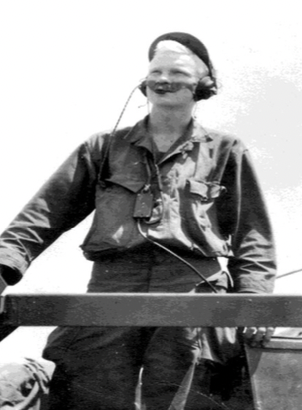
Bob was assigned quarters in a Quonset hut together with about twenty other soldiers, mostly from the hill country of Kentucky and West Virginia. As Bob was from suburban Cleveland, he didn’t have much in common with these soldiers, so he looked for other opportunities to spend his free time. When he found the battalion’s radio shop, he knew he’d found a home. He began spending his off hours at the shop, learning how to work on the tactical radios that enabled the men on the unit’s halftracks to communicate with one another. Initially, he could only work on radio receivers, but once his captain certified him as a radio repairman, he was also able to work on radio transmitters. The certification also allowed him to promote to Technician 5th Grade, which meant he could be addressed as “corporal” or “tech corporal”.
Bob also kept his eye on his ultimate goal of going to college using the GI Bill after his enlistment was up. To get into college, he needed a course in trigonometry. The answer was a correspondence course offered by the United States Armed Forces Institute, or “USAFI”. After successfully completing the trigonometry course by mail, Bob was ready to apply to colleges once he got out of the Army.
On Sundays, Bob was one of only three soldiers in the unit who attended the Protestant church service. In fact, the church service had only five persons present: the chaplain, the organist, two other attendees, and Bob. After six months, the number was reduced to four when the organist’s tour of duty ended and he went home. Bob approached the chaplain and asked if he could have the organist’s job. He told the chaplain he could play the organ quite well by ear. The chaplain asked if he could type and Bob said no, but he was willing to learn. That satisfied the chaplain and he arranged for Bob to be transferred to be his assistant.
The transfer was a big deal for Bob. Although he now had to wear his dress uniform to work every day at the chapel, it meant he no longer had to do “kitchen patrol” (also known as “KP”) or stand guard duty. He also had a Korean teenage boy working with him to help him keep the chapel office clean. As the teenage boy wanted to come to the United States someday, Bob helped him learn English and taught him about American culture. In return, the Korean teen taught Bob about Korean customs and the Korean people.
Bob got to see firsthand how the local Korean people lived because of his affiliation with the church and because he enjoyed photography. As it turned out, one of the other two people who attended the Protestant service with Bob was a warrant officer who also enjoyed photography and used a dark room Bob had set up. One weekend, the warrant officer asked Bob if he would like to go for a drive with the warrant and his wife outside the post. Bob did and they borrowed a jeep and drove through the countryside. Bob was amazed at how incredibly poor the people were, most living in shacks with grass roofs. Seeing this made his quarters seem luxurious.
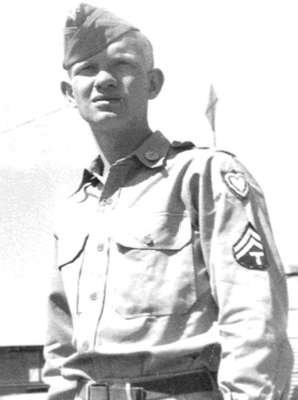
Later in the year, the chaplain Bob worked for was reassigned to Seoul and he took Bob with him. Bob was assigned quarters with other soldiers in a former Japanese Army barracks. Although his primary responsibilities were in the chapel, he did have time for some other pursuits. On one occasion, some officers and their wives held a dinner party on Thanksgiving. They hired Bob and two other soldiers to dress up in white formal coats and serve the dinner, together with Champagne. When the dinner was over, they had to clean up everything, which also meant “disposing” of the leftover Champagne. Needless to say, Bob and his two comrades had a great evening as a result.
Bob worked in Seoul until February 1948, when his tour of duty in Korea ended. He left Korea in the same way he arrived—on a troop ship. On his voyage back to the States, his ship stopped in the Philippines, giving him a chance to get off the ship and catch a meal in a cafeteria. There he ran into Jimmy Higgins, one of his best friends from John Marshall High School. He also drank his first glass of real milk in over a year. It tasted really good.
Once back underway, the ship ran into a typhoon. The weather was so rough, Bob and the other troops were required to stay below the main deck – they could not go outside for fear of being lost. The waves were so giant that when the ship rode up one side and started to come down the other, everyone could hear the ship’s propellers churning in the air as the stern of the ship came completely out of the water. Soldiers were getting sick everywhere and the whole ship stunk from the smell of vomit. When Bob was finally permitted to go out on the main deck, he looked and saw a wave taller than the ship coming directly toward them. As before, the ship rode up one side of the wave and down the other, but it made for a scary ride.
The other excitement on the trip back was the ship’s crew found a stowaway onboard. A Korean boy who wanted to get to the United States had hid on the ship and was now kept under armed guard, even though he posed no danger to anyone.
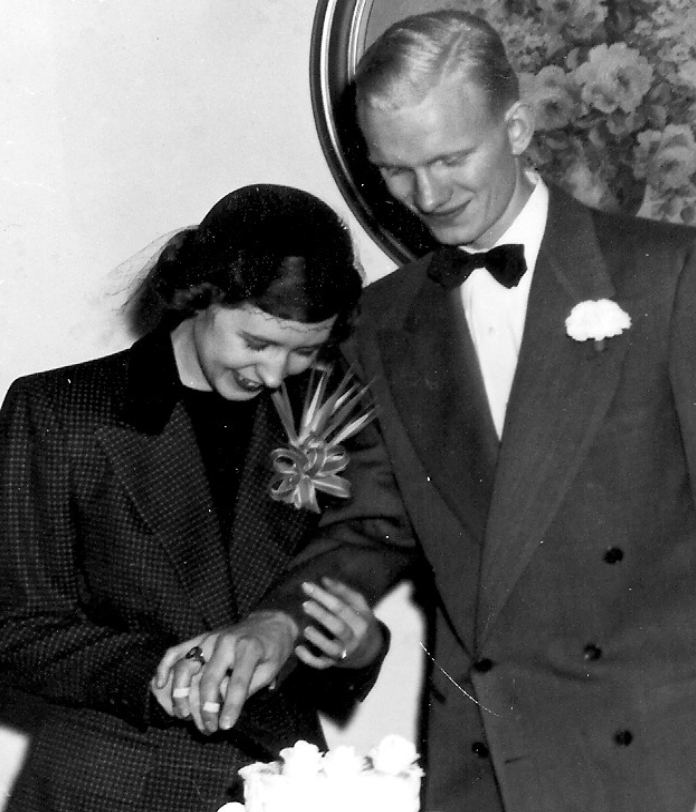
The voyage home came to an end when the ship sailed under the Golden Gate Bridge and into San Francisco Bay. Bob was granted two weeks leave and received his honorable discharge—his ticket to the GI Bill and college—in March 1948. His original plan was to live with his parents and attend Fenn College in Cleveland (Fenn College would later become Cleveland State University), but after visiting his cousin at Miami University of Ohio, he knew that was the place for him. He began his studies there in the fall of 1948 and majored in mathematics and physics, together with a heavy sprinkling of engineering classes. He graduated in 1952, but not before meeting and marrying Mary Hage, his wife of sixty-five years, just before Christmas in December 1950.
After graduation, Bob began working as an engineer for the National Advisory Committee on Aeronautics, which in 1958 became NASA, at Cleveland Hopkins Airport. He rose to the level of Branch Chief at the Jet Propulsion Laboratory, leading a team of thirty engineers and technicians designing and testing NASA’s cutting edge technology. Although he retired in 1980, his engineering career continued, working or consulting for a number of small companies and designing a wide range of electronic products, ranging from water quality control devices to the first patented automatic bowling scoring machine used by Brunswick bowling alleys. In his spare time, he earned his private pilot’s license and flew small planes throughout his career for the pure enjoyment of flying.
Bob permanently retired when he turned sixty-five. Having toured much of the country in a motor home with Mary, they chose to sell their home in Cleveland and retire in Tucson, Arizona, where Bob lives to this day.
Voices to Veterans is proud to salute Technician 5th Grade Robert Miller, U.S. Army, for his distinguished service in South Korea immediately following World War II. His willingness to serve as the U.S. military was drawing down helped the South Korean people get a toehold on democracy in a politically charged atmosphere pitting East against West. After his service, he used his GI Bill to pursue his college degree and went on to a successful career at NASA and as an engineering consultant. We thank him for all of his contributions, both military and civilian, and wish him fair winds and following seas.
If you enjoyed Bob’s story, please sign up for the Voices to Veterans Spotlight monthly newsletter by clicking here. Once each month, you’ll receive a new written veteran’s story and a new podcast directly in your mailbox. Best of all, it’s free and you can unsubscribe at any time.
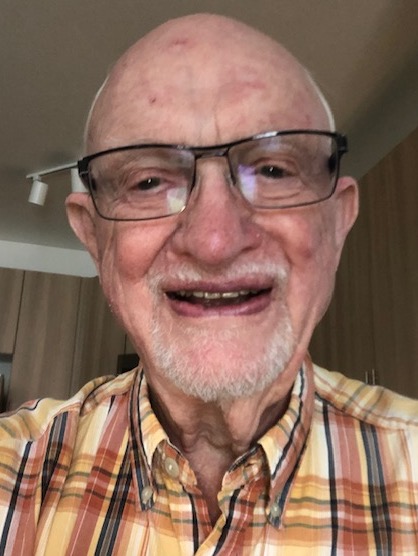

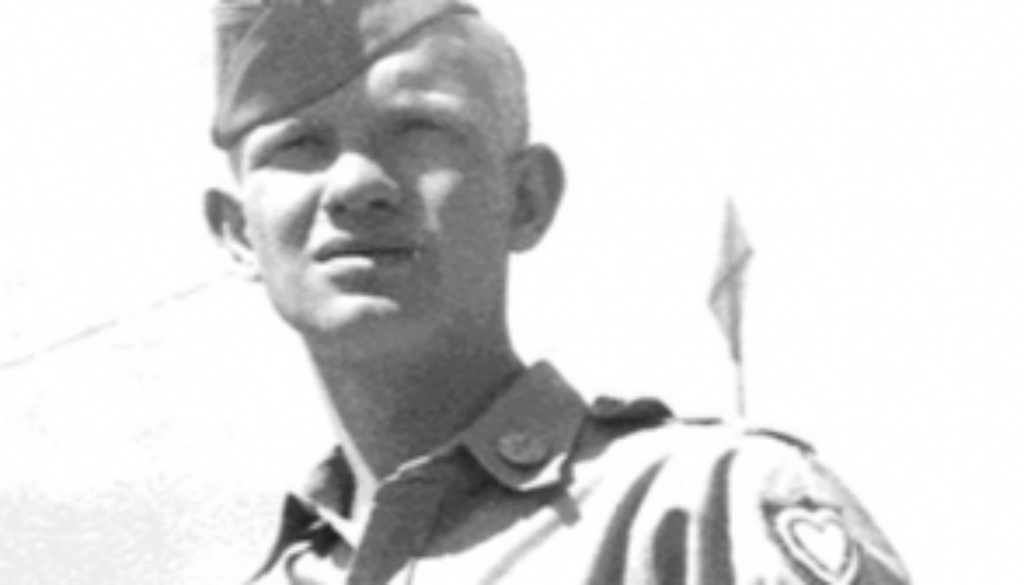
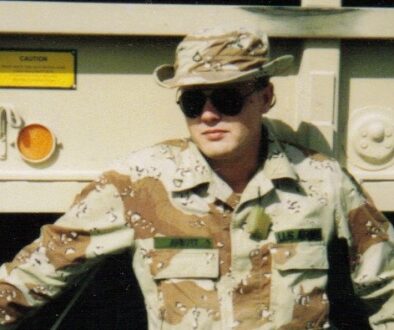

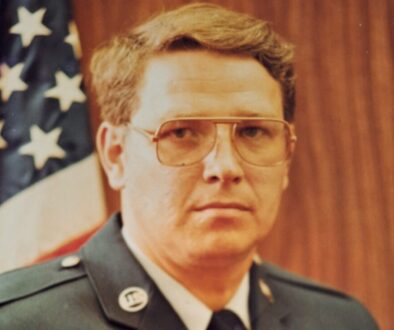
July 16, 2021 @ 9:46 PM
Thank You 😊 I have had a conservative life, disabilitys. You service workers, military and more , Thank You. You are OUR BACKBONE and stability. WE praise you .All of you!!
July 17, 2021 @ 9:09 AM
Michael – thank you for taking the time to read Bob Miller’s story.
July 26, 2021 @ 8:39 PM
My daughter is starting University to be an aerospace engineer fall 2021 so I found Mr. Miller’s story fascinating. Very neat how you got to work on all those radios and earned higher ranks as you went along. Thank you for your service.
July 27, 2021 @ 8:32 PM
Lydia – thanks for reading Bob’s story and good luck to your daughter!